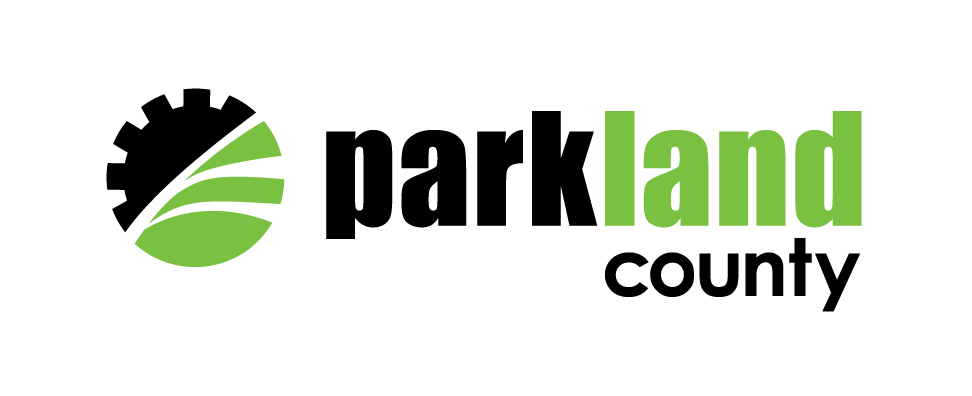Wetland Biodiversity
Wetlands are one of the most productive ecosystems in the world, making them biodiversity hotspots of plant and animal life.
Biodiversity (the variety of living things):
- Makes ecosystems more resilient
- Provides economic and social opportunities such as bird watching, game hunting, nature photography, recreational activities and ecotourism
- Maintains a healthy environment for all generations
Wetland Plants
Wetlands in Alberta are estimated to host some 400 species of plants, some of which are listed as rare, threatened or endangered in the province. These plants often have special adaptations that allow them to thrive in the unique wetland environment.

Cattails
The broadleaf cattail is one of the most recognizable wetland plants, commonly found in marshes, shallow ponds, ditches, and wet meadows. Cattails have a specialized structure called aerenchyma in the leaves, stems, and roots - basically air channels that help transfer gases to the submerged roots, preventing rot. Many other wetland plants share this same adaptation.
Water smartweed
Water smartweed grows in ponds, streams, and marshes. It can take multiple forms, growing submerged or floating (aquatic form) in deeper water, or erect (terrestrial form) in shallow water or damp soil.
Sundew
Sundews are tiny carnivorous plants found growing amongst the mossy hummocks in bogs, and occasionally in fens and marshes. The sundew's leaves are fringed with red hairs that release a sticky fluid to trap mosquitoes, flies, and gnats. Sundews release enzymes to digest trapped insects, allowing them to gain nutrients not present in acidic, nutrient-poor bogs.
Wetland Wildlife
Virtually all prairie wildlife species rely on wetland habitat for some stage of their life cycle. Keep an eye out for these wetland wildlife:


Waterfowl
Alberta's wetlands support globally significant populations of waterfowl, including ducks, geese, and swans. Waterfowl are well adapted for swimming and floating on the water surface with broad, elongated bodies and short, strong legs with webbed feet. Keep an eye out for Canadian geese, mallards, goldeneyes, scaups, teals, buffleheads, and more!
American coot
American coots live near water, typically inhabiting wetlands and open water bodies. Unlike waterfowl, coots have lobed scales on their toes that allow them to move easily both in water and on land. They take off from waterbodies by running on top of the water while beating their wings.
Yellow-headed blackbird
This aptly-named bird is black or brown with a yellow head and breast, and a white wing patch sometimes only visible in flight. Yellow-headed blackbirds rely on marshes for breeding grounds, particularly those with cattails, bulrush, or reeds. Dragonflies, damselflies, and other insects provide important food sources for these birds.
Frogs
Look for frogs among small, shallow wetlands including ponds, swamps, wet meadows, and flooded ditches where there are few predators. Wood frogs can be identified by a dark eye mask, while the boreal chorus frog has a long stripe from the snout, through the eye, and down the side. Listen in spring for the calls of the frogs, resembling quacks (wood frogs) or a finger being run over a comb (boreal chorus frog).
Moose
Moose are regular visitors of wetlands, including swamps, shallow lakes, and marshes. The moose's mobile, sensitive snout allows it to efficiently grasp wetland plants, including submerged vegetation. Their long legs allow the moose to traverse water of varying depths.
Muskrats
Muskrats are semi-aquatic rodents found in many different wetland habitats. Dense, water-repellant fur provides insulation. Partially webbed hind feet and clawed front feet allow muskrats to efficiently navigate wetland environments and dig into the banks of rivers and streams. Long whiskers help them detect vibrations in the water while hunting. Although somewhat resembling beavers, muskrats are much smaller and have a narrow tail.
Wetland Restoration
Parkland County has lost approximately 56% of our previous wetland area since the 1950s. To help address the impacts of historical wetland loss, Parkland County is working with the province under the Wetland Replacement Program (WRP), to restore and replace wetlands, where practical. If you own land with a fully or partially drained wetland and are interested in restoring it, contact us at the Parkland County Agricultural office at 780-968- 8467.
Sources:
Wetlands in the Prairie Region
Wetland Plant Adaptations: Just how do they survive?
Alberta’s Peatlands - Nature Alberta
INaturalist
Contact Us
Parkland County Centre
53109A HWY 779, Parkland County, AB T7Z 1R1
General Office: 780-968-8888
Toll Free: 1-888-880-0858
After hours: 780-968-8400
Email: hello@parklandcounty.com




